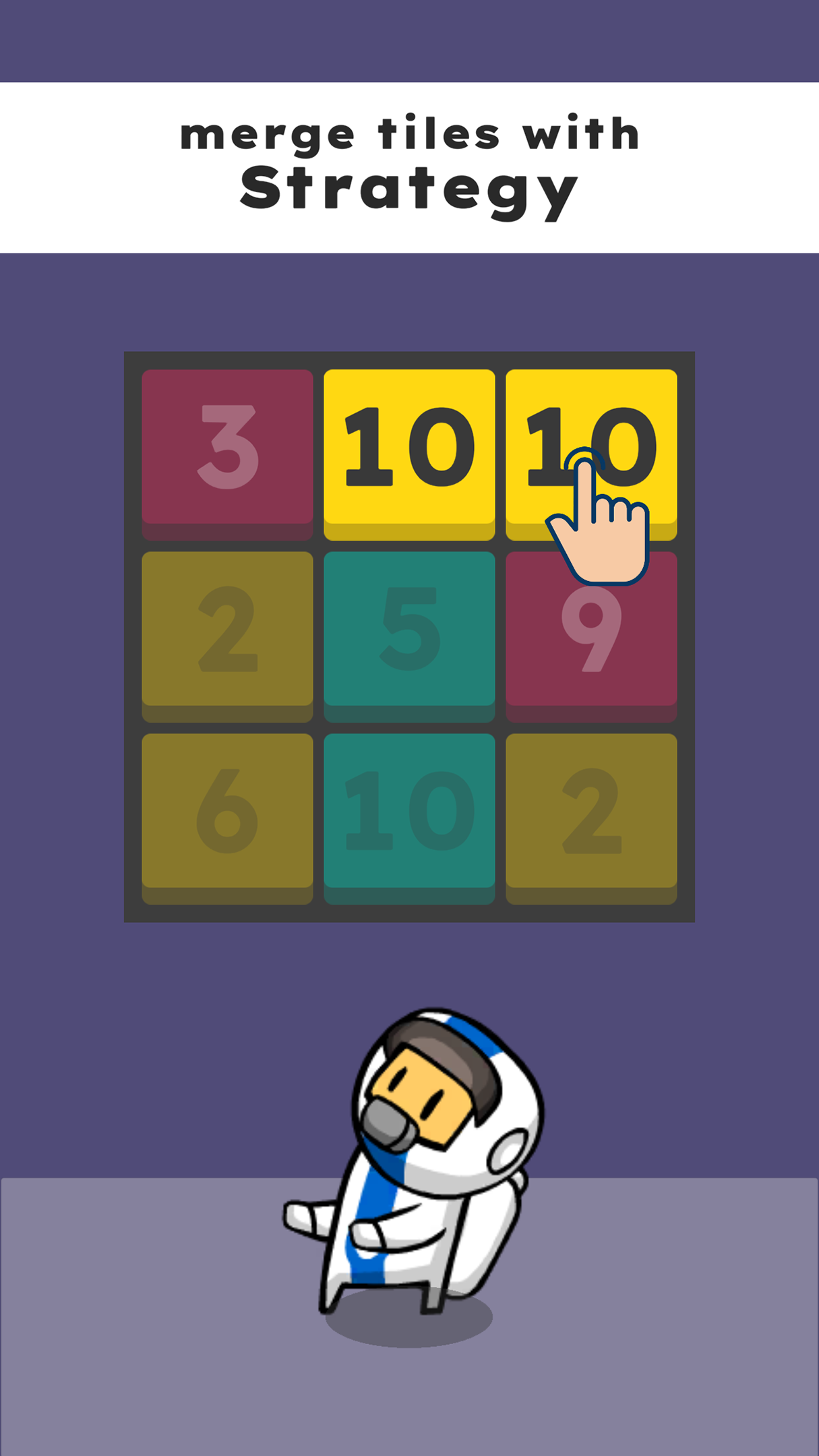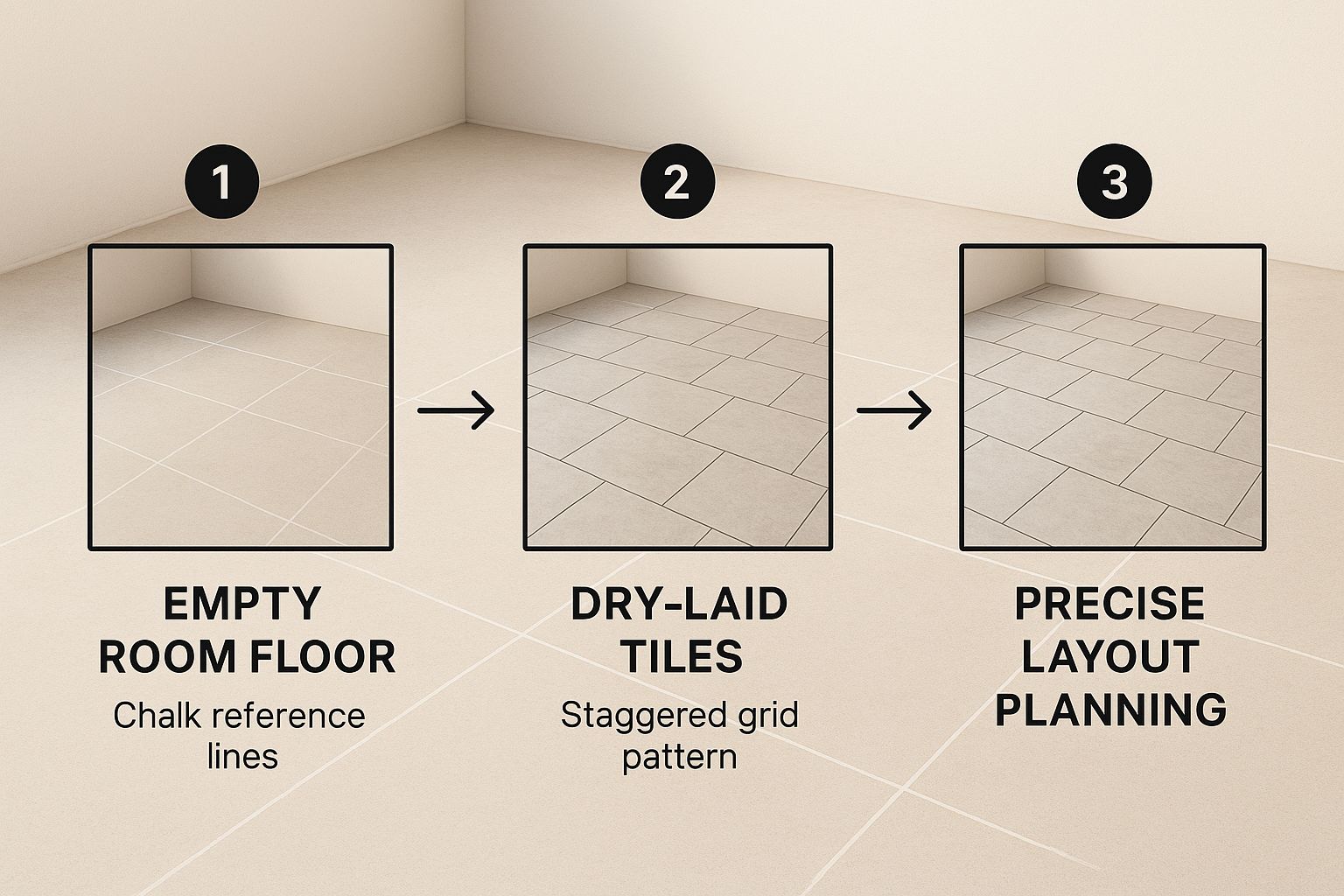In Threes!, gameplay revolves around strategic tile movement and merging mechanics, creating a unique and engaging puzzle experience. The primary mechanic involves swiping in one of four directions: up, down, left, or right. Here’s a detailed breakdown of how this system works:
1. Tile Movement: When players swipe the screen, all tiles on the board slide one space in the chosen direction, similar to games of this genre. Each tile will move to the adjacent open space in the direction of the swipe, provided there are no other tiles obstructing the path.
2. New Tile Entry: Immediately following the swipe, a new tile emerges from the edge of the board opposite to the swipe direction. For instance, if the player swipes left, a new tile will enter from the right side of the board. This design choice emphasizes strategic thinking, as players must anticipate not only how their current tiles will move but also where the new tile will appear and its potential impact on the board.
3. Preview of Incoming Tile: Before executing a swipe, players can see a preview of the tile that will enter the board after the move. This preview mechanic allows players to plan their strategy effectively, positioning their existing tiles to accommodate and maximize the value of the incoming tile. This foresight adds depth to gameplay as players can optimize their moves to create higher-value tiles through strategic merging.
4. Tile Merging: Merging is crucial in Threes!, as players combine tiles of the same value to create new ones. For example, two tiles of value 1 combine to form a tile with value 2, two tiles of value 2 merge to create a tile with value 3, and so forth. This merging mechanic follows a doubling pattern (like two 3’s merging to create a 6), which is central to progressing in the game. The order of moves and careful placements thus become vital in determining not only the immediate score but also long-term game strategy.
5. Strategic Depth Compared to Other Games: Threes! distinguishes itself from similar games, such as 2048, through its mechanics of tile movement and merging. In 2048, tiles slide as far as they can in the swipe direction, and new tiles spawn randomly in any open position on the board, which can lead to less predictable gameplay. Conversely, Threes! requires players to think ahead, considering both current board state and potential new tile placements, resulting in a deeper level of strategic planning.
This combination of tile movement, merging, incoming tiles, and strategic foresight not only differentiates Threes! from similar puzzle games but also creates a rich and engaging experience that challenges players’ problem-solving skills. Success in the game is not merely about merging tiles but also involves foresight and planning, turning each game into a unique puzzle challenge.






Leave a Reply